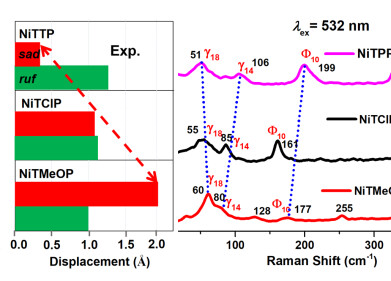Mass spectrometry & spectroscopy
How Are Cannabis Samples Prepared for Testing?
Mar 20 2022
Sample preparation is an integral stage of cannabis testing and analysis. Before a sample can undergo analysis using systems such as High Performance Liquid Chromatography (HPLC) and Gas Chromatography (GC), it must be properly prepared to ensure suitability for the method.
Below, we take a closer look at how cannabis samples are prepared for testing, why it’s such an important stage of analysis and the challenges scientists face when performing this highly specialised task.
Why sample preparation matters
Cannabis sample preparation can have a direct impact on the accuracy and reliability of results. Following the right sample preparation steps helps to preserve the integrity of the sample, prevent contamination and most importantly, improve accuracy. The underlying goal of sample preparation is to create a specimen that offers better analytical results than the original matter.
Key factors to consider when preparing samples
There are many factors to consider when preparing medical cannabis samples for testing, with some of the most important outlined below:
-
Type of tests and analysis taking place
Lab technicians will generally select cannabis sample preparation methods based on the type of tests taking place. One of the main goals of sample preparation is to convert matter into the physical state required by the analysis method. For example, if the analytical method requires a liquid sample but the technician only has access to a solid state sample such as dried flower, the specimen may need to be dissolved in a solvent to achieve a liquid form.
The cannabis plant has a complex sample matrix, which means highly specialised instruments are often used to prepare samples. Popular techniques include dispersive solid-phase extraction (dSPE) and the QuEChERS (quick, easy, cheap, effective, rugged, and safe) solid phase extraction method. High-speed centrifuges are also used to separate particles of interest from a whole solution.
-
Condition of the sample prior to testing
Preparation techniques will vary considerably depending on the condition of the sample. For example, the steps for preparing a dried flower sample for analysis will be different to those used for extracts and concentrates. Naturally, samples undergoing HPLC analysis to identify cannabinoids will require different preparation steps to samples used for Polymerase Chain Reaction (PCR) analysis to determine strain.
-
Downstream application
Sample preparation techniques are often developed with the downstream application in mind. While a scientist may not need to consider the downstream application when analysing a cannabis sample harvested from a crop, special care must be taken when analysing finished products destined for pharmaceutical shelves. Scientists must be careful not to compromise the physical or chemical properties of the sample.
While humans have been harnessing the medicinal benefits of cannabis for centuries, it’s not until recently that modern science has established the plant as a bona fide therapy. Find out more about the science behind botanical medicine and what’s next for the rapidly growing industry in ‘Medical Cannabis - Testing, Analysis & Identification.’
Digital Edition
Lab Asia 32.2 April
April 2025
Chromatography Articles - Effects of small deviations in flow rate on GPC/SEC results Mass Spectrometry & Spectroscopy Articles - Waiting for the present to catch up to the future: A bette...
View all digital editions
Events
Apr 09 2025 Tokyo, Japan
Apr 22 2025 Hammamet, Tunisia
Apr 22 2025 Kintex, South Korea
Analytica Anacon India & IndiaLabExpo
Apr 23 2025 Mumbai, India
Apr 23 2025 Moscow, Russia



















